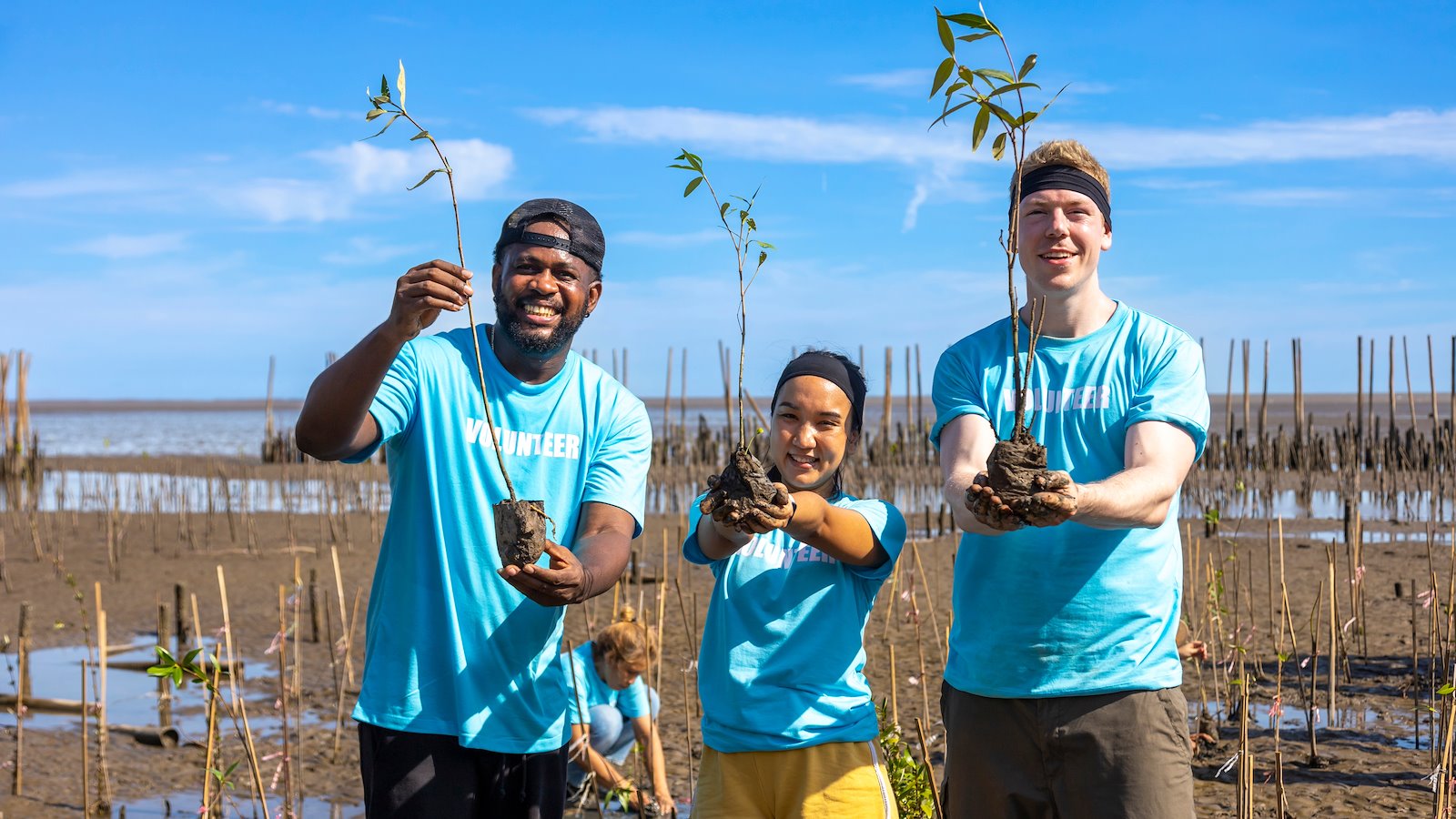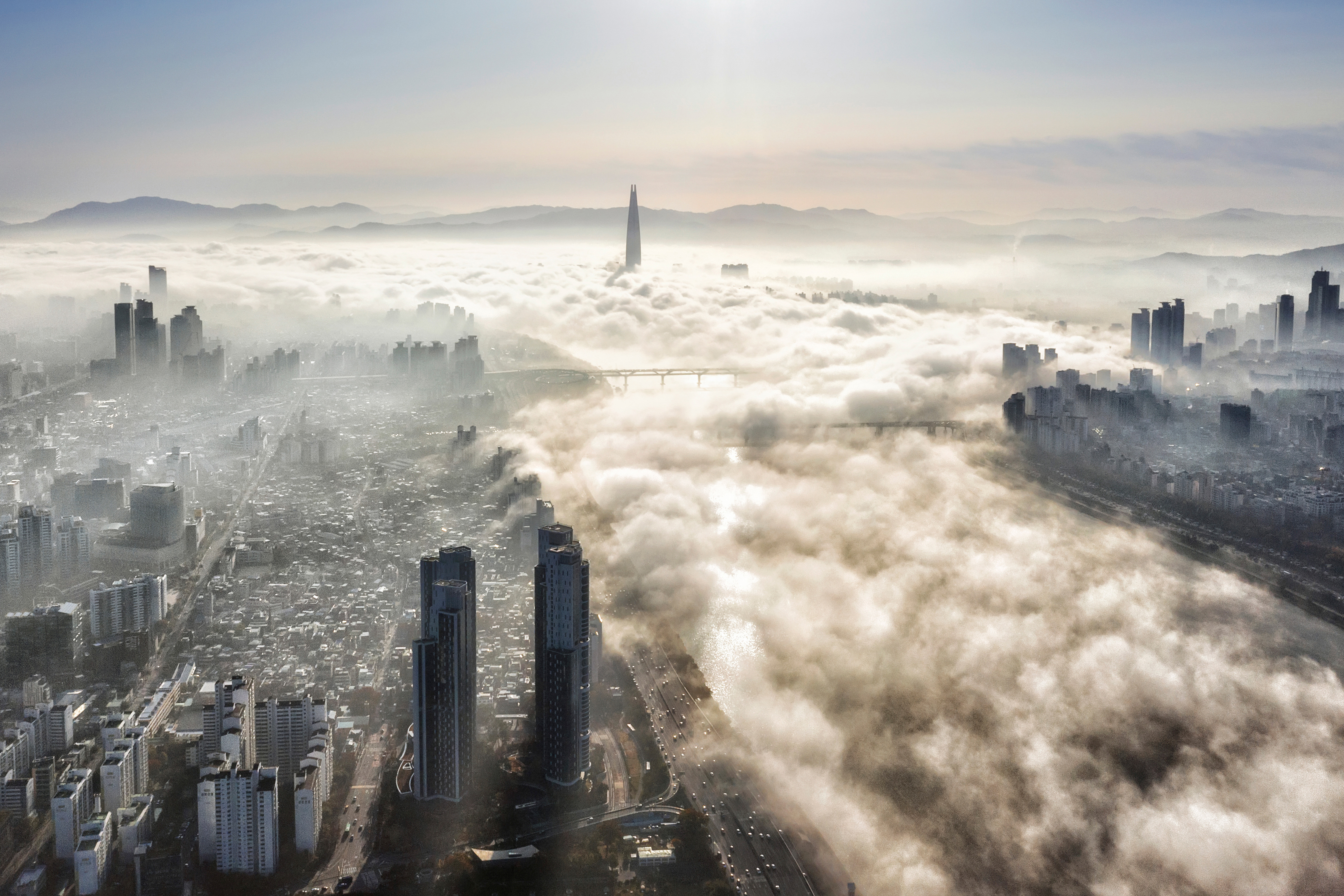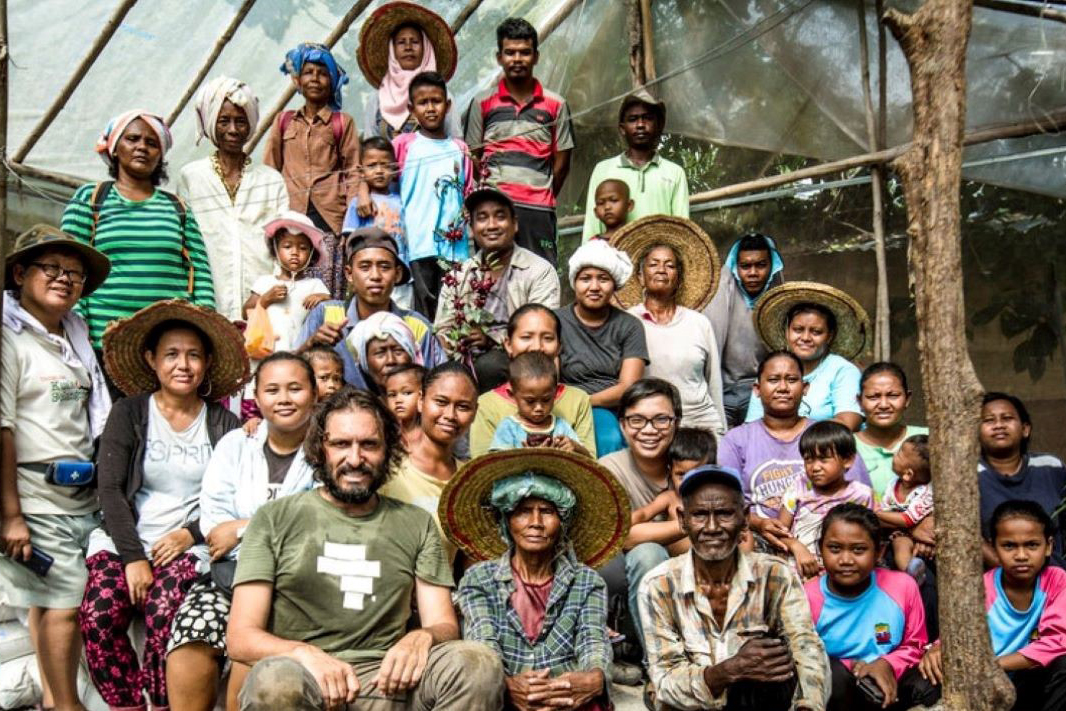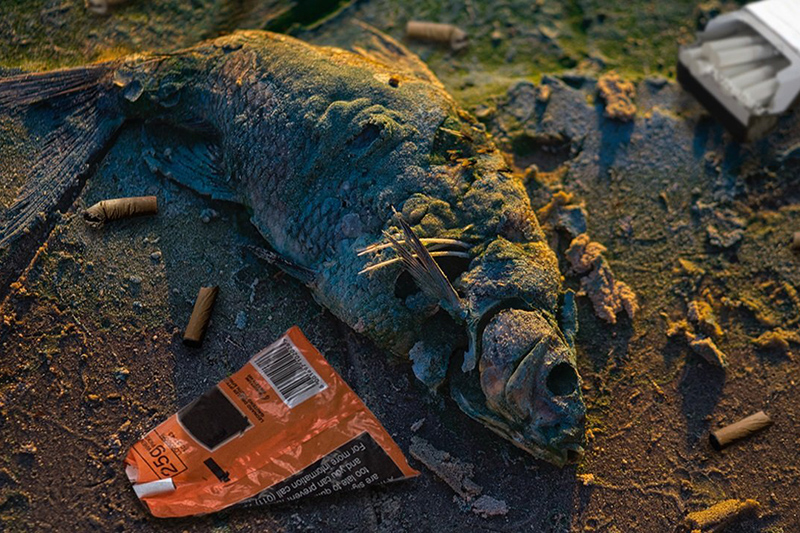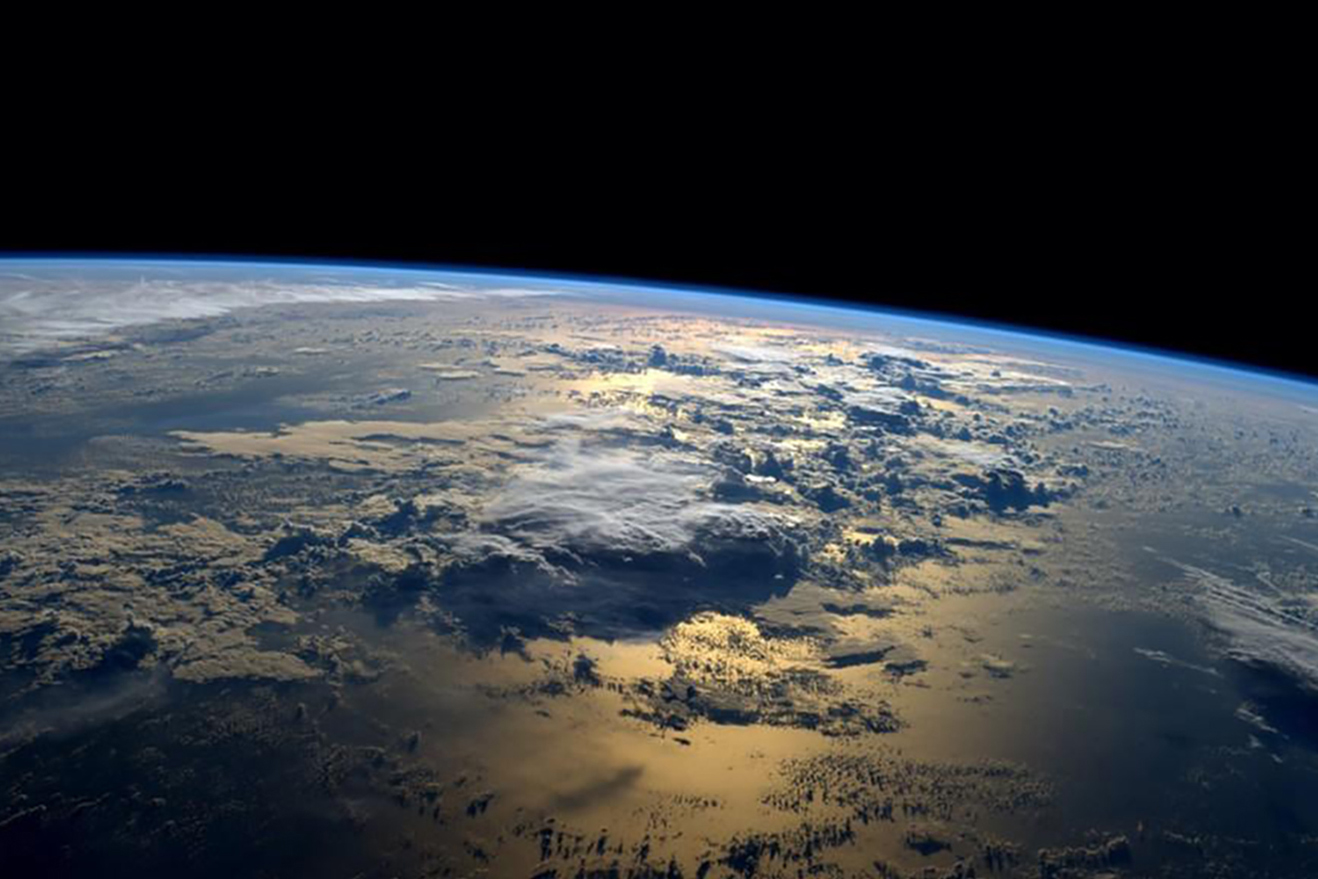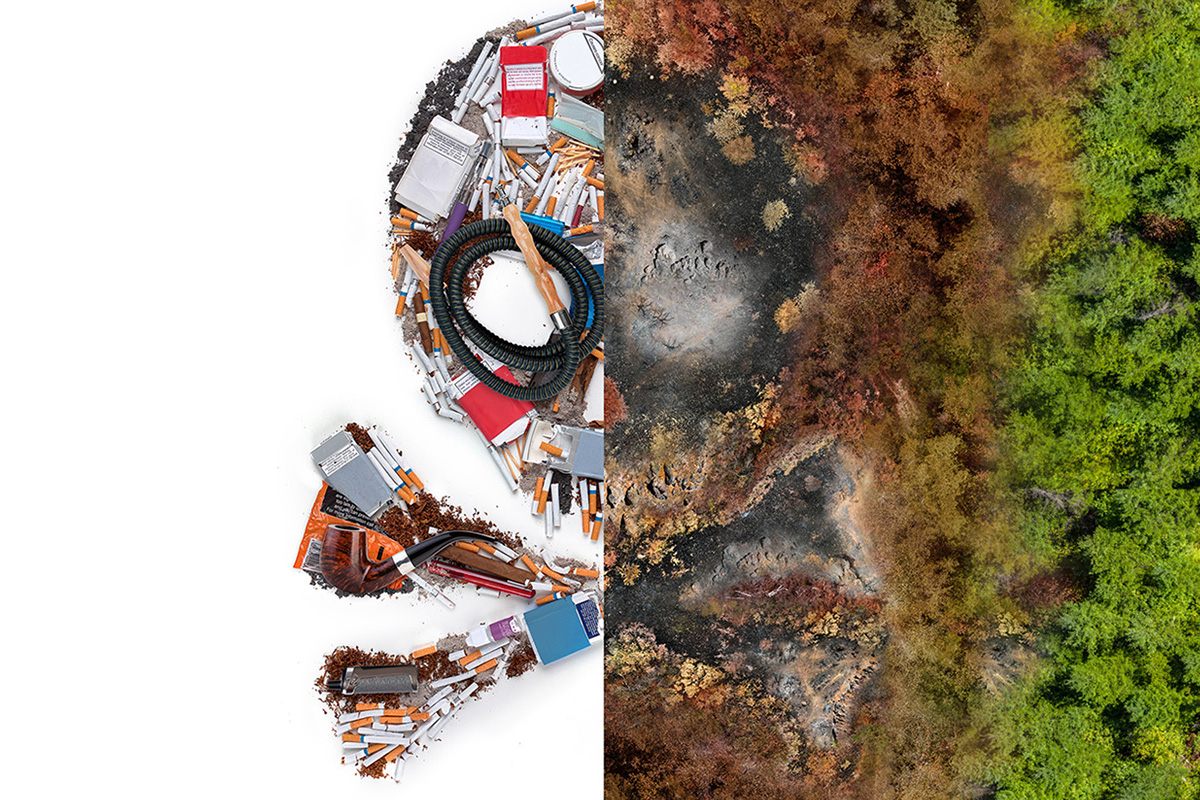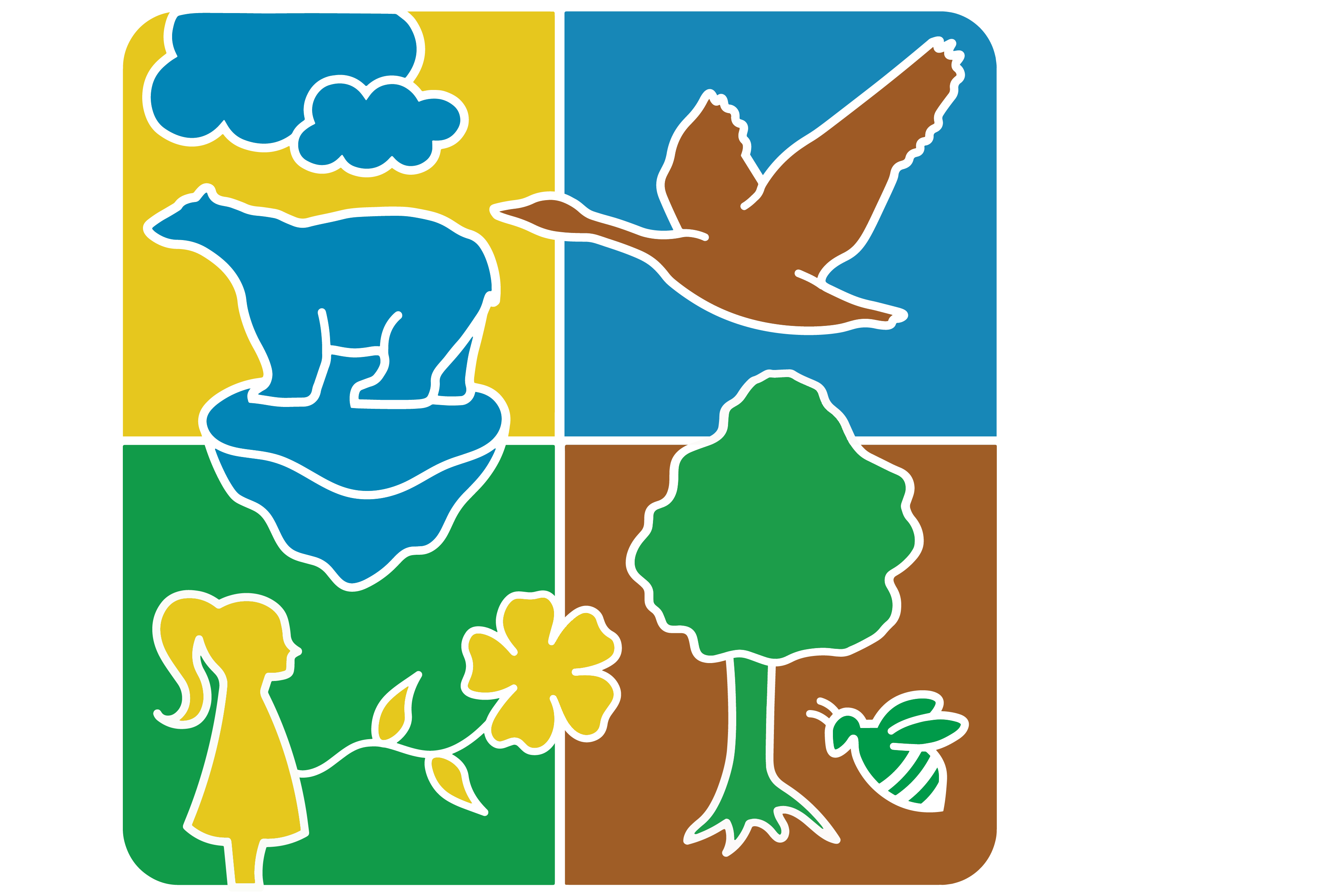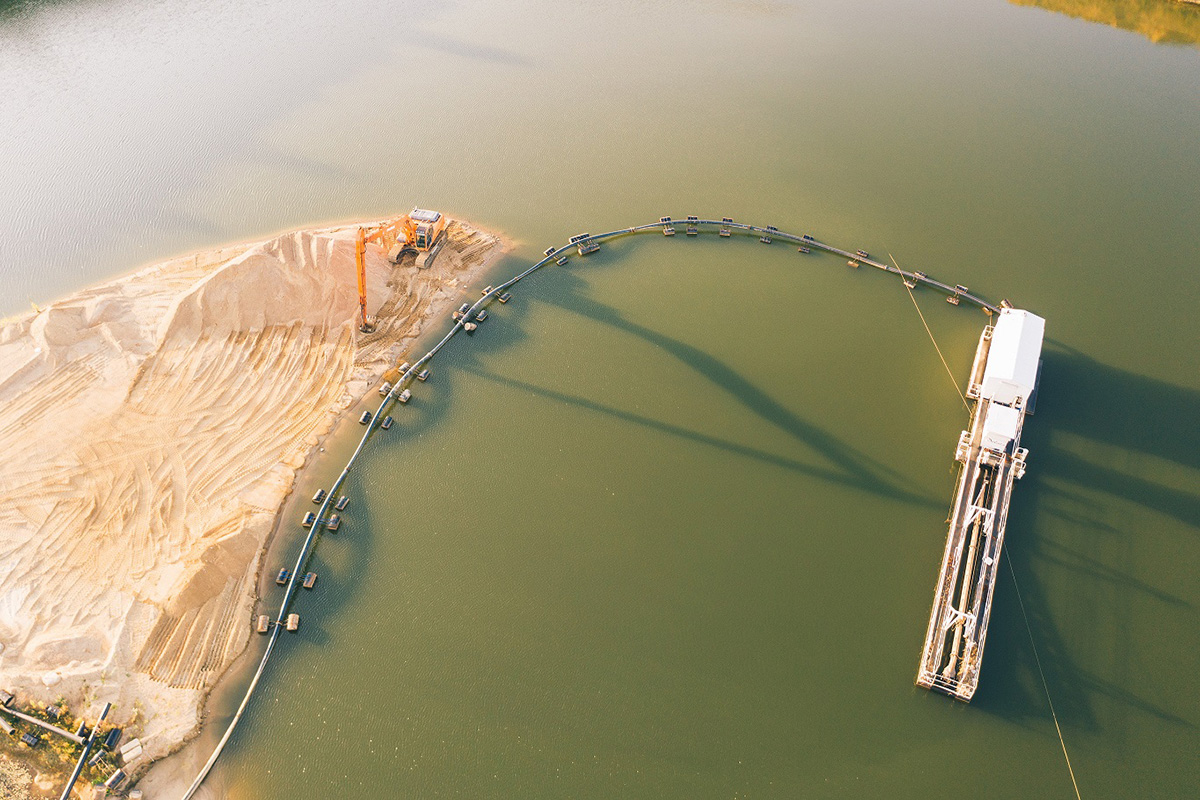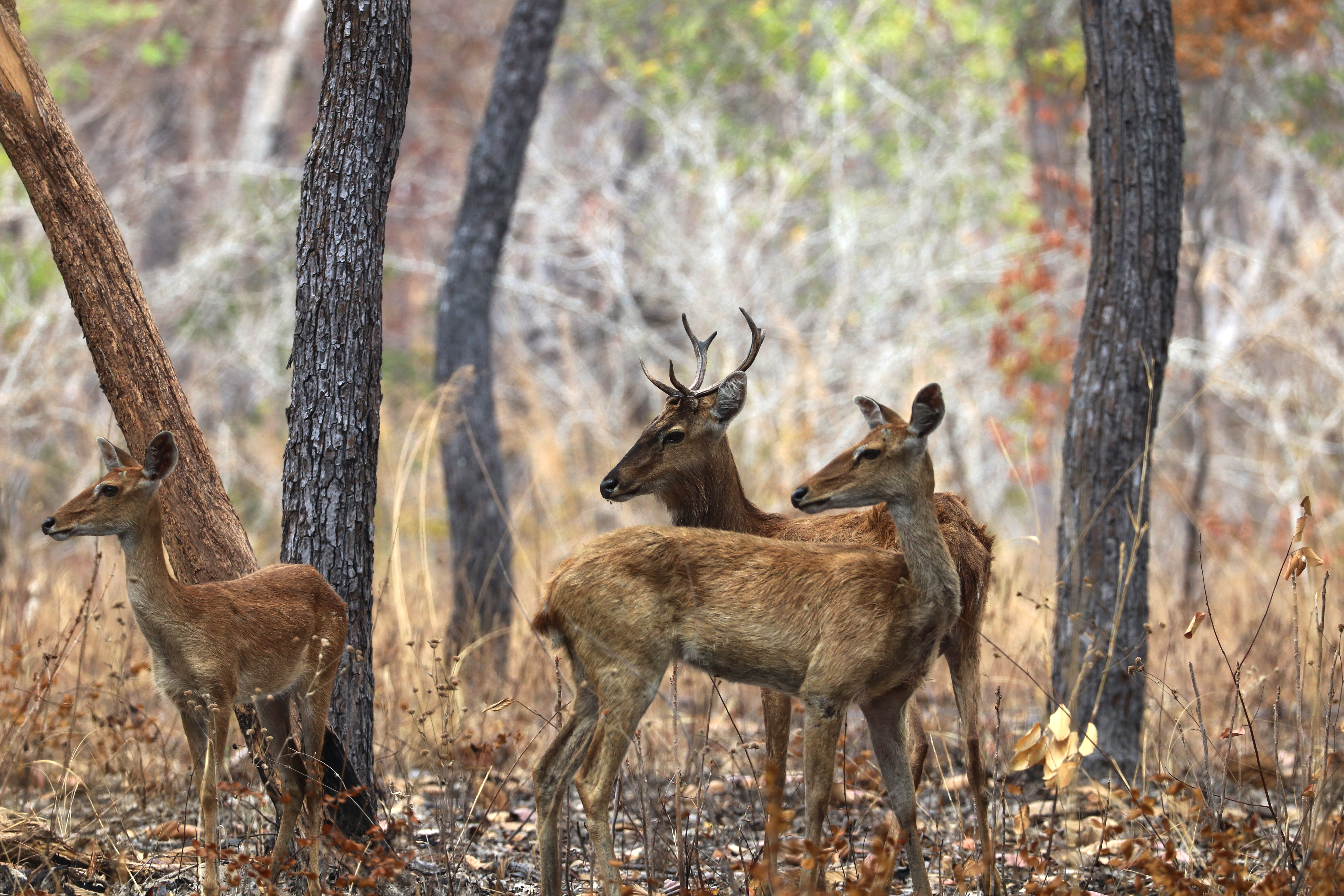The way food is produced and consumed today results in high rates of food loss and waste. This waste is responsible for an estimated 8-10 per cent of global greenhouse gas emissions. Food loss and waste has other impacts, such as wasted resources, loss of biodiversity and loss of natural ecosystems. All of this happens against a backdrop of rising food insecurity and malnutrition, with some 828 million people around the world suffering from hunger. UNEP promotes the massive potential to reduce the emissions of the sector while delivering benefits across the SDGs.
Natural Resources and the Environment
For the first time in history, the United Nations General Assembly has recognized that a clean, healthy and sustainable environment is a universal human right. The United Nations Development Programme (UNDP) and our global partners took some time to celebrate and reflect on this accomplishment before we roll up our sleeves and get to work translating this critical decision into tangible progress for environmental justice and the Sustainable Development Goals.
In the words of Sara Omi, President of the Coordinator of Territorial Women Leaders of Mesoamerica and Embera, "What is different now is that we have a document from the United Nations where all states are responsible." From Panama to Senegal, Paraguay, Thailand, Türkiye, Nairobi, Bolivia, Gambia, and Indonesia, here are the reactions of women and men working to make a difference.
The ozone layer, a fragile shield of gas, protects the Earth from the harmful portion of the rays of the Sun, helping preserve life on our planet. As the treaty turns 35 on Ozone Day, we remember how the Montreal Protocol ended one of the biggest threats ever to face humanity as a whole: the depletion of the ozone layer. When the world found out that ozone-depleting gases used in aerosols and cooling were creating a hole in the sky, it came together and phased out these gases. Now the ozone layer is healing, allowing it to continue to shield humanity from the Sun’s ultraviolet radiation.
This year’s International Day of Clean Air for blue skies focuses on the transboundary nature of air pollution, stressing the need for collective accountability and action. It also highlights the need for immediate and strategic international and regional cooperation for more efficient implementation of mitigation policies and actions to tackle air pollution. We all breathe the same air, and one atmosphere protects and sustains us all. Pollution is a global problem that we must act together to combat. #TheAirWeShare
Indigenous peoples use language in a powerful way to describe Mother Nature. IFAD presents five unique words indigenous peoples use to describe the natural environment.
Brazil’s north-eastern semi-arid region, known as sertão, is a land rich in culture and enchanting landscapes, but the harsh climate and lack of water make it difficult to earn a living here. Over recent decades, modern ingenuity has combined with traditional mutual aid systems to help communities. Key to any project’s success is the focus on nature-based solutions and working with local people. IFAD is an international financial institution and a specialized agency of the United Nations dedicated to eradicating poverty and hunger in rural areas of developing countries.
The World Health Organization (WHO) has revealed new information on the extent to which tobacco damages both the environment and human health, calling for steps to make the industry more accountable for the destruction it is causing. Every year the tobacco industry costs the world more than 8 million human lives, 600 million trees, 200 000 hectares of land, 22 billion tonnes of water and 84 million tonnes of CO2. The WHO report “Tobacco: Poisoning our planet” highlights that the industry’s carbon footprint.
We must act now to halt the loss of biodiversity. FAO’s Framework for Action on Biodiversity for Food and Agriculture provides a set of recommendations and practical actions to help improve the sustainable use and conservation of biodiversity for food and agriculture.
"Remember it is people that propel social progress, develop science and technology and, through their hard work, continuously transform the human environment. We are both creature and moulder of our environment." These words are spoken directly from the 1972 Declaration on the Human Environment, which was adopted by the UN Conference on the Human Environment, Stockholm, 16 June 1972. On 2 and 3 June 2022, another crucial international environmental meeting will be held in Stockholm, Sweden. Stockholm+50 commemorates the 1972 conference and celebrates 50 years of global environmental action.
There are billions of galaxies in the universe. In our galaxy, there are billions of planets. But there is #OnlyOneEarth, so let’s take care of it. With nature in emergency mode, World Environment Day 2022 seeks to celebrate the planet through collective environmental actions for the climate, nature and the fight against pollution. Share your events and actions by taking part in the Earth Action Number campaign, take inspiration from the practical guide and get involved with the communication kit.
On 2 and 3 June 2022, world leaders and other representatives including youth, gather in Sweden for Stockholm+50 – an international meeting to drive action towards a healthy planet for the prosperity of all. The event commemorates the 50th anniversary of the United Nations Conference on the Human Environment in Stockholm - which marked a new era of global cooperation. Stockholm+50 comes at a crucial time as the Earth is in emergency mode, and urgent action is needed to address the triple planetary crisis of climate change, nature and biodiversity loss, and pollution and waste.
The harmful impact of the tobacco industry on the environment is vast and growing adding unnecessary pressure to our planet’s already scarce resources and fragile ecosystems. Tobacco kills over 8 million people every year and destroys our environment, further harming human health. This year’s campaign for World No Tobacco Day (31 May) aims to raise awareness on the environmental impact of tobacco – from cultivation, production, distribution and waste. It will give tobacco users one extra reason to quit.
Through nuclear techniques, IAEA contributes to biodiversity while supporting countries to reach their strategic objectives towards food security, sustainable agriculture and ecosystem services.
50 billion tons: enough to build a wall 27 metres wide and high around planet Earth - sand must be recognised as a strategic resource and its use needs to be rethought, finds a new report by UNEP.
Phayvieng Vongkhamheng was born at the end of the Laotian wet monsoon season in 1984. From a young age, Mr. Vongkhamheng had the impression that village life and wilderness intermingled symbiotically. Mr. Vongkhamheng is now the Assistant Project Manager for the ‘Sustainable Forest and Land Management in the Dry Dipterocarp Forest Ecosystems of Southern Lao PDR’. With UNDP support, the project has been promoting sustainable land and forest management in dry forest ecosystems and protection of critical wildlife habitats with its biodiversity.

